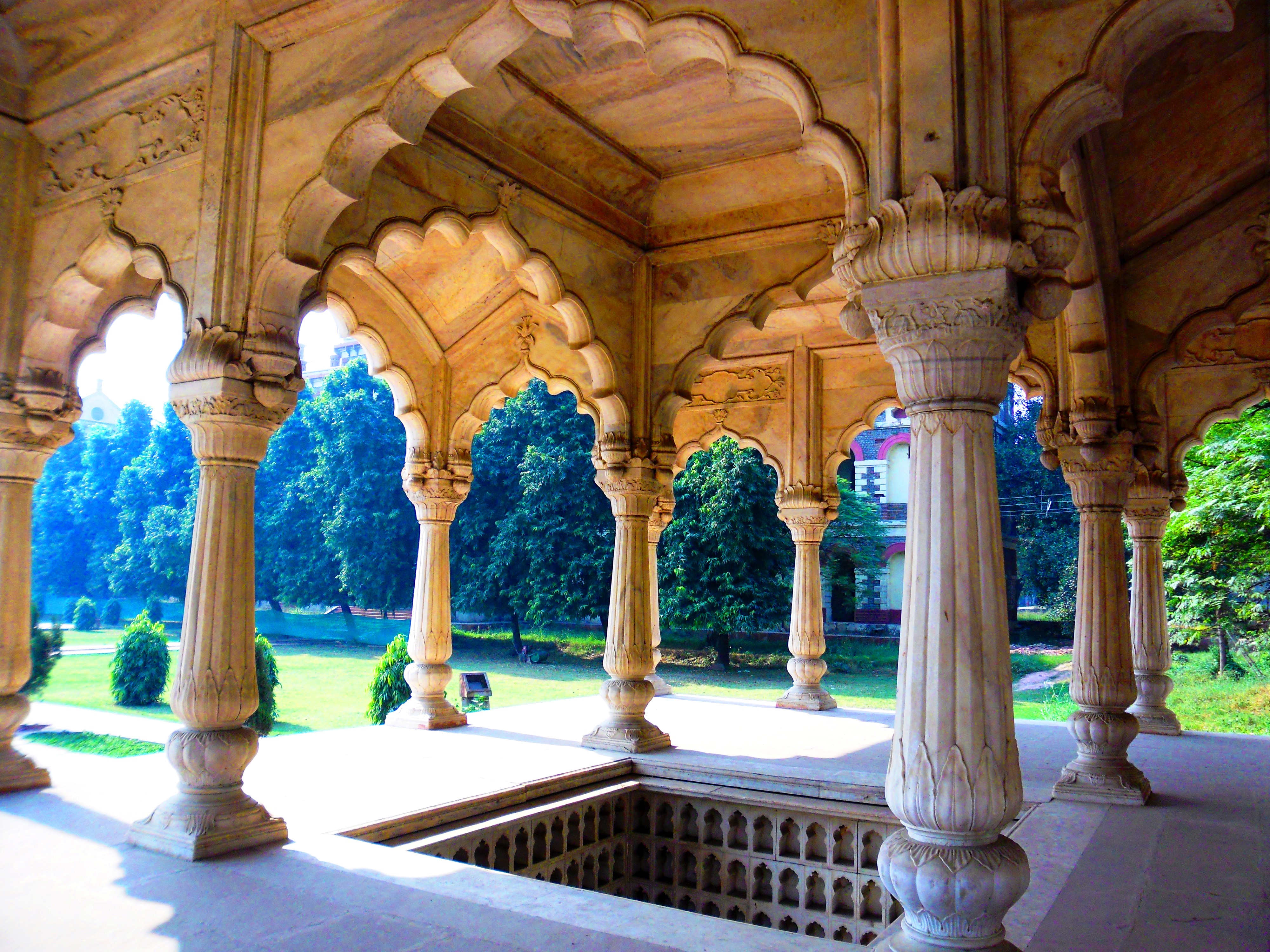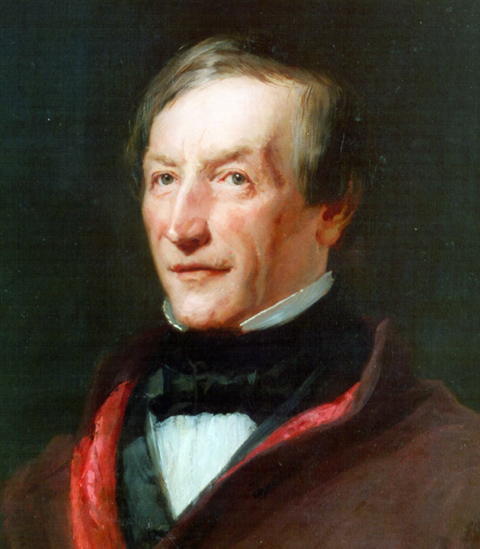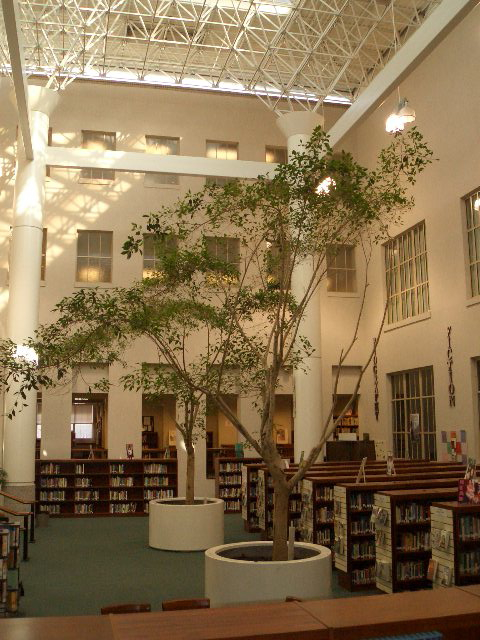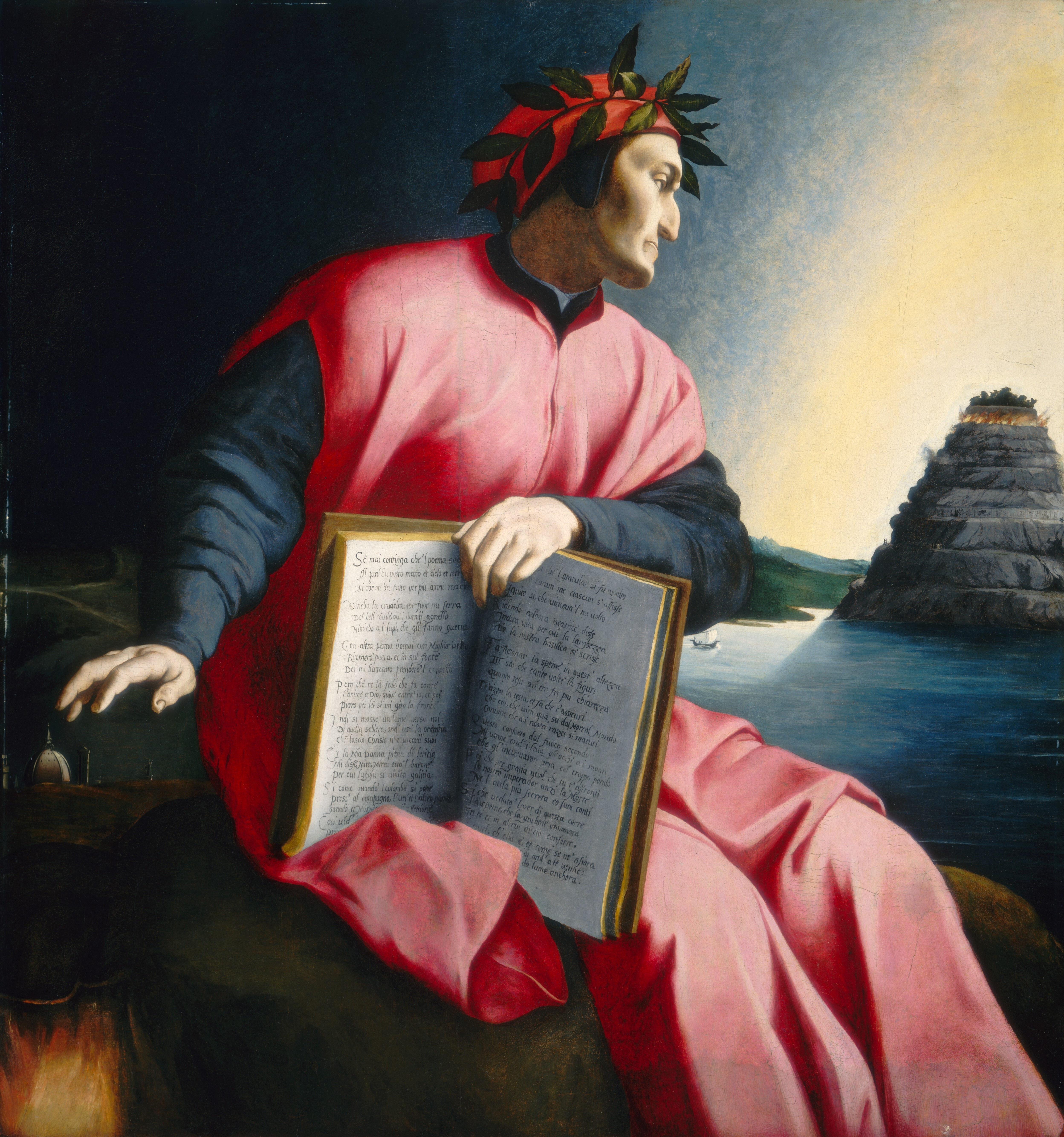|
Roman Baths (Potsdam)
The Roman Baths (), situated northeast of the Charlottenhof Palace in the Sanssouci Park in Potsdam, reflect the ''Italiensehnsucht'' ("Sehnsucht/longing for Italy") of its creator Frederick William IV of Prussia, Frederick William IV of Prussia. Various classical Roman architecture, Roman and antique Italian architecture, Italian design, styles were melded into an architecture, architectural ensemble, created between 1829 and 1840. Design While still crown prince, Frederick William commissioned both Charlottenhof (1826-1829) and the Roman Baths (1834-1840). Coming up with numerous ideas and drawing many actual drafts, the artistically inclined heir to the throne had considerable influence on the plans of the architect, Karl Friedrich Schinkel. Charged with managing the actual construction was one of Schinkel's students, Ludwig Persius. Style The gardener's house (''Gärtnerhaus'') (1829–30) and the adjacent house for the gardener's helpers (''Gärtnergehilfenhaus'') (1832) ... [...More Info...] [...Related Items...] OR: [Wikipedia] [Google] [Baidu] |
Charlottenhof Palace
Charlottenhof Palace or Charlottenhof Manor () is a former royal palace located southwest of Sanssouci Palace in Sanssouci Park at Potsdam, Germany. It is best known as the summer residence of Crown Prince Frederick William (later King Frederick William IV of Prussia). Today it is maintained by the Prussian Palaces and Gardens Foundation Berlin-Brandenburg. Location Charlottenhof Palace and its surrounding park are located in the ''Brandenburger Vorstadt'' district of Potsdam, Potsdam's ''Westliche Vorstädte'' borough. Being located adjacent to Sanssouci Park, it is part of the ''Berlin-Potsdam Palaces and Parks'' system. Transport The palace is located between the Potsdam Park Sanssouci railway station, Potsdam-Park Sanssouci and Potsdam Charlottenhof station, Potsdam-Charlottenhof railway stations, both offering direct DB Regio, DB Regio regional rail connections to Potsdam Hauptbahnhof, Potsdam Central Station and Berlin Hauptbahnhof, Berlin Central Station. Several Trams ... [...More Info...] [...Related Items...] OR: [Wikipedia] [Google] [Baidu] |
Pavilion
In architecture, ''pavilion'' has several meanings; * It may be a subsidiary building that is either positioned separately or as an attachment to a main building. Often it is associated with pleasure. In palaces and traditional mansions of Asia, there may be pavilions that are either freestanding or connected by covered walkways, as in the Forbidden City ( Chinese pavilions), Topkapi Palace in Istanbul, and in Mughal buildings like the Red Fort. * As part of a large palace, pavilions may be symmetrically placed building ''blocks'' that flank (appear to join) a main building block or the outer ends of wings extending from both sides of a central building block, the '' corps de logis''. Such configurations provide an emphatic visual termination to the composition of a large building, akin to bookends. The word is from French (Old French ) and it meant a small palace, from Latin">-4; we might wonder whether there's a point at which it's appropriate to talk of the beginnings o ... [...More Info...] [...Related Items...] OR: [Wikipedia] [Google] [Baidu] |
Peter Joseph Lenné
Peter Joseph Lenné (the Younger) (29 September 1789 – 23 January 1866) was a Prussian gardener and landscape architect. As director general of the Royal Prussian palaces and parks in Potsdam and Berlin, his work shaped the development of 19th-century German garden design in the Neoclassical style. Laid out according to the principles of the English landscape garden, his parks are now World Heritage Sites. Life and works Lenné was born in Bonn, then part of the Electorate of Cologne, the son of the court and university gardener Peter Joseph Lenné the Elder (1756–1821), and his wife, Anna Catharina Potgieter (also Potgeter), daughter of the mayor of Rheinberg. The Lenné family originated from the Prince-Bishopric of Liège. Circa 1665, Peter Joseph's ancestor Augustin Le Neu had settled in Poppelsdorf near Bonn as court gardener of Archbishop-Elector Maximilian Henry of Bavaria. Childhood and development Having obtained his ''Abitur'' degree, Peter Joseph Lenné d ... [...More Info...] [...Related Items...] OR: [Wikipedia] [Google] [Baidu] |
Caldarium
image:Caldarium.JPG, 230px, ''Caldarium'' from the Roman baths at Bath, Somerset, Bath, England. The floor has been removed to reveal the empty space where the hot air flowed through to heat the floor. A (also called a ''calidarium'', ''cella caldaria'' or ''cella coctilium'') was a room with a hot plunge bath, used in a Thermae, Roman bath complex. The boiler supplying hot water to a baths complex was also called . This was a very hot and steamy room heated by a hypocaust, an underfloor heating system using tunnels with hot air, heated by a furnace tended by slaves. It was also the hottest room in the regular sequence of bathing rooms; after the ''caldarium'', bathers would progress back through the ''tepidarium'' to the ''frigidarium''. A in both public and private baths followed a common plan which had three main parts. The common arrangement would include a warm-water bath -- usually called , but also referred to as or -- sunk into the floor, a semicircular alcove -- ... [...More Info...] [...Related Items...] OR: [Wikipedia] [Google] [Baidu] |
Apodyterium
In ancient Rome, the ''apodyterium'' (from , "undressing room") was the primary entry in the public baths, composed of a large changing room with cubicles or shelves where citizens could store clothing and other belongings while bathing.PBS https://www.pbs.org/wgbh/nova/lostempires/roman/apodyterium.html Privately owned slaves, or one hired at the baths (called a '' capsarius''), would look after belongings while citizens enjoyed the pleasures of the baths. A contemporary Roman schoolbook quotes a wealthy young Roman schoolboy who entered the baths, leaving his slave behind in the ''apodyterium'': "Do not fall asleep, on account of the thieves" (''ne addormias propter fures, ''CGL 3.651.10). A wealthy person might even bring more than one slave along, as parading one's slaves at the baths was a way to show one's elevated social status. For wealthy free men and women, slaves carried the bathing paraphernalia: exercise and bathing garments, sandals, linen towels, and a toilet kit tha ... [...More Info...] [...Related Items...] OR: [Wikipedia] [Google] [Baidu] |
Greenhouse
A greenhouse is a structure that is designed to regulate the temperature and humidity of the environment inside. There are different types of greenhouses, but they all have large areas covered with transparent materials that let sunlight pass and block it as heat. The most common materials used in modern greenhouses for walls and roofs are rigid plastic made of polycarbonate, plastic film made of polyethylene, or glass panes. When the inside of a greenhouse is exposed to sunlight, the temperature increases, providing a sheltered environment for plants to grow even in cold weather. The terms greenhouse, glasshouse, and hothouse are often used interchangeably to refer to buildings used for cultivating plants. The specific term used depends on the material and heating system used in the building. Nowadays, greenhouses are more commonly constructed with a variety of materials, such as wood and polyethylene plastic. A glasshouse, on the other hand, is a traditional type of greenhouse ... [...More Info...] [...Related Items...] OR: [Wikipedia] [Google] [Baidu] |
Viridarium
Roman gardens and ornamental horticulture became highly developed under Roman civilization, and thrived from 150 BC to 350 AD. The Gardens of Lucullus (''Horti Lucullani''), on the Pincian Hill in Rome, introduced the Persian garden to Europe around 60 BC. It was seen as a place of peace and tranquillity, a refuge from urban life, and a place filled with religious and symbolic meaning. As Roman culture developed and became increasingly influenced by foreign civilizations, the use of gardens expanded. The Roman garden's history, function, and style is investigated through archaeological and archaeobotanical research, famously conducted at Pompeii, literary sources, and wall paintings and mosaics in homes. Influences Roman gardening was influenced by Egyptian and Persian gardening techniques, through acquaintance with Greek gardening. The gardens of Ancient Persia were organized around rills, known from Pasargadae and other sites. Although archaeological evidence of ri ... [...More Info...] [...Related Items...] OR: [Wikipedia] [Google] [Baidu] |
Impluvium
The ''impluvium'' (: ''impluvia'') is a water-catchment pool system meant to capture rain-water flowing from the ''compluvium'', an area of roof. Often placed in a courtyard, under an opening in the roof, and thus "inside", instead of "outside", a building, it is a notable feature in many architectural traditions. Greco-Roman ''impluvium'' In Greco-Roman architectural studies, the ''impluvium'' refers to the sunken part of the Atrium (architecture), atrium in a Greek or Roman house (''domus''), designed to carry away the rainwater falling from the ''compluvium'' of the roof. It is usually made of marble and placed about 30 cm below the floor of the atrium, and emptied into a subfloor cistern. Construction and use Inspection (without excavation) of ''impluvia'' in Paestum, Pompeii and Rome indicated that the pavement surface in the ''impluvia'' was porous, or that the non-porous stone tiles were separated by gaps significant enough to allow a substantial quantity of ... [...More Info...] [...Related Items...] OR: [Wikipedia] [Google] [Baidu] |
Atrium (architecture)
In architecture, an atrium (: atria or atriums) is a large open-air or skylight-covered space surrounded by a building. Atria were a common feature in Ancient Roman dwellings, providing light and ventilation to the interior. Modern atria, as developed in the late 19th and 20th centuries, are often several stories high, with a glazed roof or large windows, and often located immediately beyond a building's main entrance doors (in the lobby). Atria are a popular design feature because they give their buildings a "feeling of space and light." The atrium has become a key feature of many buildings in recent years. Atria are popular with building users, building designers and building developers. Users like atria because they create a dynamic and stimulating interior that provides shelter from the external environment while maintaining a visual link with that environment. Designers enjoy the opportunity to create new types of spaces in buildings, and developers see atria as prestigi ... [...More Info...] [...Related Items...] OR: [Wikipedia] [Google] [Baidu] |
Thermal Bath
A spa is a location where mineral-rich spring (hydrology), spring water (sometimes seawater) is used to give medicinal baths. Spa health treatments are known as balneotherapy. The belief in the curative powers of mineral waters and Hot spring, hot springs goes back to prehistoric times. Spa towns, spa resort, spa resorts, and Day spa, day spas are popular worldwide, but are especially widespread in Europe and Onsen, Japan. Etymology The term is derived from the town of Spa, Belgium, whose name in Roman times was ''Aquae Spadanae''. The term is sometimes incorrectly attributed to the Latin word ''spargere'', meaning to scatter, sprinkle, or moisten. During the medieval era, illnesses caused by iron deficiency were treated by drinking chalybeate. In 1326, ironmaster Collin le Loup discovered the treatment. The water was sourced from a spring called ''Espa'', the Walloon language, Walloon word for "fountain".Medical Hydrology, Sidney Licht, Sidney Herman Licht, Herman L. Kamen ... [...More Info...] [...Related Items...] OR: [Wikipedia] [Google] [Baidu] |
Potsdam Roemische
Potsdam () is the capital and largest city of the German state of Brandenburg. It is part of the Berlin/Brandenburg Metropolitan Region. Potsdam sits on the River Havel, a tributary of the Elbe, downstream of Berlin, and lies embedded in a hilly morainic landscape dotted with many lakes, around 20 of which are located within Potsdam's city limits. It lies some southwest of Berlin's city centre. The name of the city and of many of its boroughs are of Slavic origin. Potsdam was a residence of the Prussian kings and the German Emperor until 1918. Its planning embodied ideas of the Age of Enlightenment: through a careful balance of architecture and landscape, Potsdam was intended as "a picturesque, pastoral dream" which would remind its residents of their relationship with nature and reason. The city, which is over 1,000 years old, is widely known for its palaces, its lakes, and its overall historical and cultural significance. Landmarks include the parks and palaces of Sanssouc ... [...More Info...] [...Related Items...] OR: [Wikipedia] [Google] [Baidu] |
Italophilia
Italophilia is the admiration, general appreciation or love of Italy, its people, culture, and its significant contributions to Western civilization. Italophilia includes Romanophilia, the appreciation of the Italian capital of Rome and its ancient and Catholic history and culture. Its opposite is Italophobia. Overview If the origins of the Western intellectual heritage go back to the Greeks and, less directly, to the peoples of Egypt and the Near East, Rome contributed to spreading it. In fields such as language, law, politics, religion, and art Roman culture continues to affect our lives. Rome was the centre of an empire that stretched across a large segment of the then-known world and later became the centre of the Christian faith. Ancient Italy is identified with Rome and the so-called Romanophilia. Despite the fall of the Roman Empire, its legacy continued to have a significant impact on the cultural and political life in Europe. For the medieval mind, Rome came to c ... [...More Info...] [...Related Items...] OR: [Wikipedia] [Google] [Baidu] |







